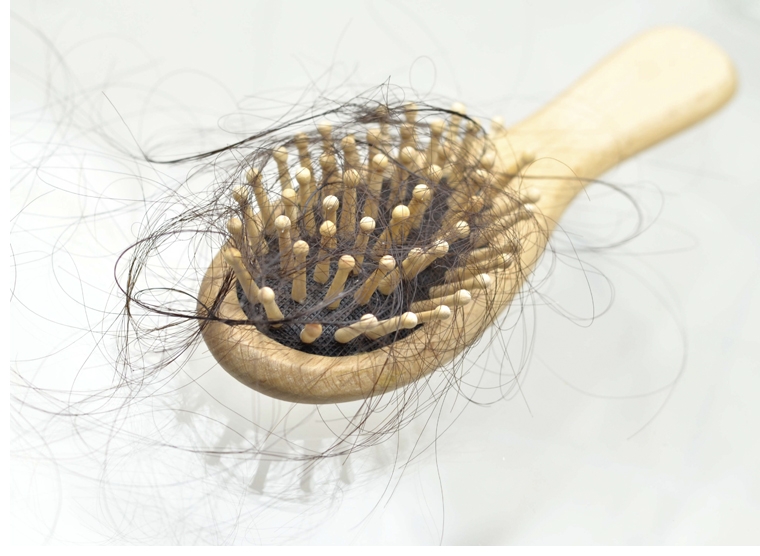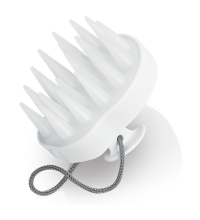 Have you noticed more hair than normal left on your brush, in the shower or even on your pillow? Have you sensed overall thinning or even patches of hair missing? Always concerning, there are various forms of follicle fleeing, each with different causes and chances for reversing. Let’s examine each type and dive into their various causes.
Have you noticed more hair than normal left on your brush, in the shower or even on your pillow? Have you sensed overall thinning or even patches of hair missing? Always concerning, there are various forms of follicle fleeing, each with different causes and chances for reversing. Let’s examine each type and dive into their various causes.
 Shedding
Shedding
Shedding is completely normal, in fact most people naturally shed between 50-100 hairs per day. However, anything beyond that is considered excessive. Known by the medical term telogen effluvium, excessive hair shedding is common in people who have experienced stressors including extreme weight loss, illness or high fever, recent surgery, giving birth, change in birth control, or have experienced excessive amounts of stress (job loss, divorce, death of a loved one, etc.).
Excessive shedding usually happens a few months after the stressful event and then diminishes as the body body re-adjusts. Within six to nine months, the hair tends to regain its normal fullness. However, if the stressor remains, the excessive shedding may become long term.
 Hair Loss
Hair Loss
In contrast to shedding, hair loss occurs when hair actually stops growing. Called anagen effluvium in medical terms, hair loss can happen for a number of reasons from heredity, immune system issues, certain drugs / medications, harsh hair care products and styling, or from a hair-pulling compulsion.
With hair loss, hair will not grow until the cause of the loss is stopped. For example, people who undergo chemotherapy or radiation treatments often lose a lot of hair. When the treatment stops, their hair typically grows back.
Other causes of hair loss, like hereditary hair loss, may actually require treatment in order to stop, slow or reverse the process. A woman who inherits the gene for hereditary hair loss may notice gradual thinning while men will tend to develop a receding hairline or a bald patch that grows outward from the center of the scalp. Some types of treatment can help people who have this type of hair loss, but unfortunately it does not work on everyone.
Alopecia
A type of hair loss, Alopecia areata is a skin disorder that can cause bald patches on the scalp. The patches appear suddenly and typically affect only a limited area but the hair usually grows back within 12 months or less. New bald patches can develop at the same time older ones are re-growing hair but for some people the problem can last longer and be more severe, causing total baldness. Around 60% of people who have Alopecia experience their first episode of hair loss before the age 20. The episode is usually followed by hair regrowth, however, it's common for the problem to reoccur.
Alopecia is suspected to be an autoimmune reaction, which is a condition where the immune system incorrectly attacks the body's own cells, in this case the cells in hair follicles. Genetic factors may also play a role. Extreme stress was originally thought to be the trigger for Alopecia, but newer research has not been able to substantiate the claim.
Addressing some of the underlying conditions, treatments may include topical scalp or other medications including steroids, vasodilators, anti-Inflammatories, and immunosuppressive drugs.
For issues regarding excessive and long-term hair loss, always consult a Dermatologist. For non-prescription treatments, here are some of the more popular topical hair stimulating treatments.













